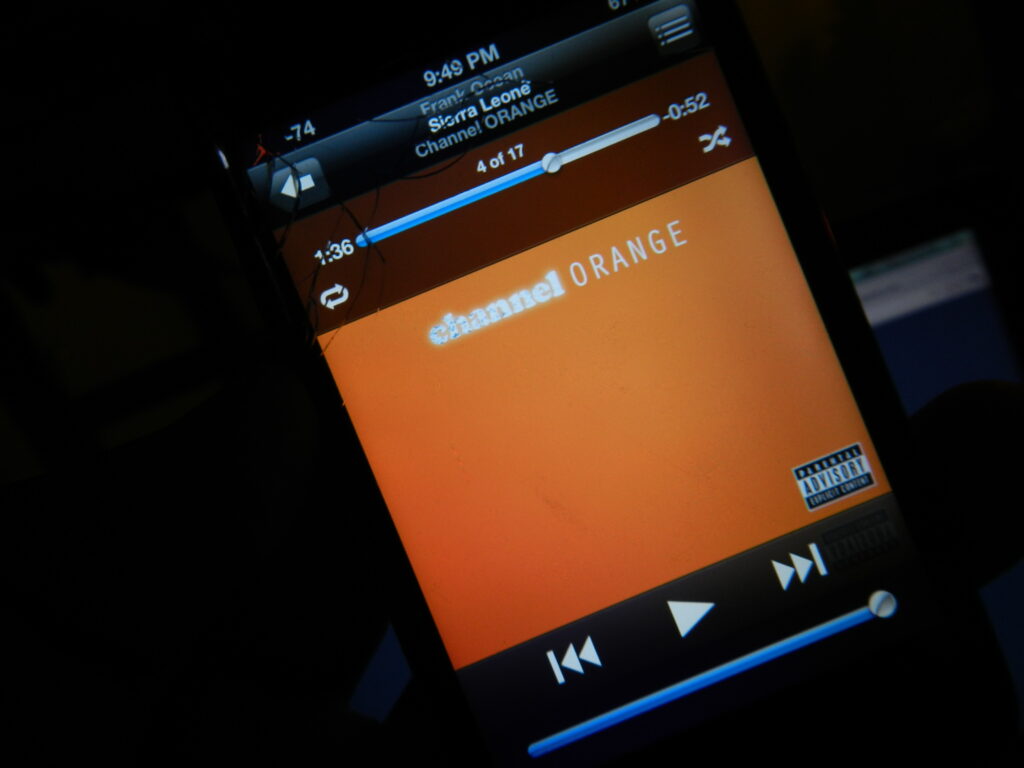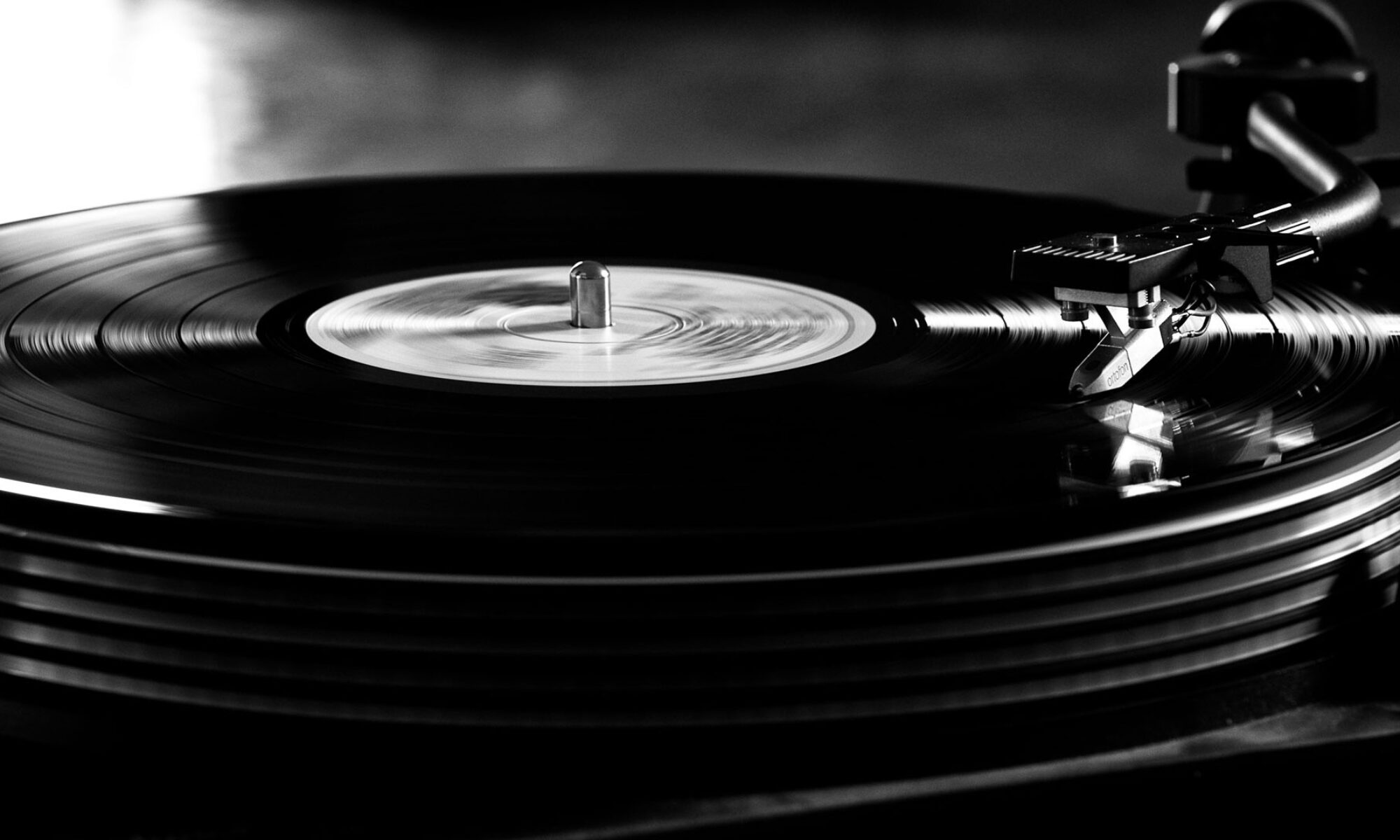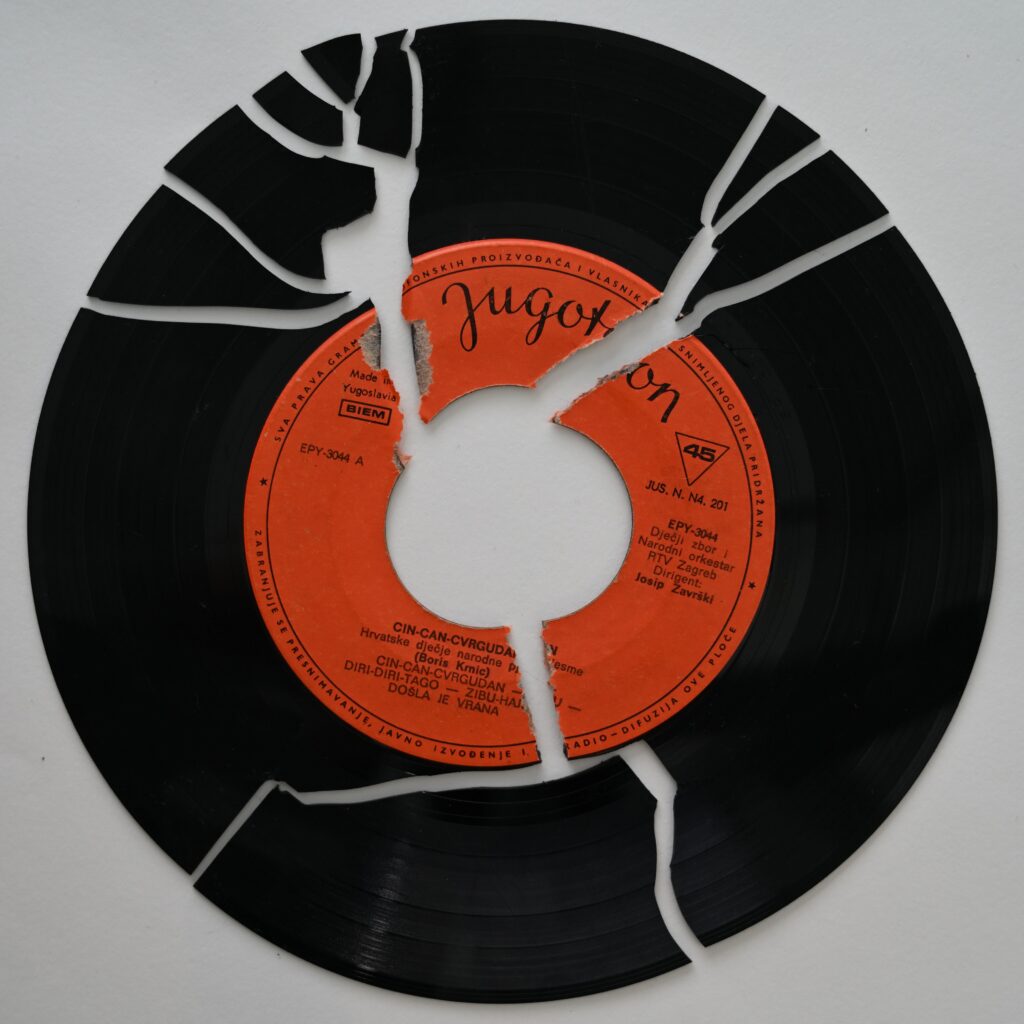MUSC 1300- TR11(1730)- Fall 2023.
Tues/Thursdays from 11:00-12:15 in Whitehead 417 @Brooklyn College
Kelsey Milian Lopez – [email protected]
This course introduces music cultures from different times, places, and people. We will explore many of the cultural, social, political, and economic processes and issues in which music is implicated. We will also explore the ways that music is used, understood, and consumed by people in various locations and historical periods. Students will gain exposure to a wide range of musical styles, studying the history behind these genres and gaining the skills necessary to appreciate these musical forms.
One of the main objectives of the course is to help you learn new ways of thinking about, listening to, and discussing music using comparative analytical language, and to think about relationships between musical elements and their cultural context. Over the course of this semester, you will also develop the ability to listen critically to music.

This will also draw on the growing body of contemporary ethnomusicology and transnational American literature that seeks to view artistic practice and cultural identity through a global lens that focuses on immigration, migration, and contemporary channels of transnational communication. This global perspective reorients our thinking about the nature of “American” music by focusing on the complex flow of diverse musical practices into and out of the U.S.
Last thing!!! Fill out this form before the end of today! https://forms.gle/iEkiassc6DQjFc2dA
Download + email back to me @ [email protected]





